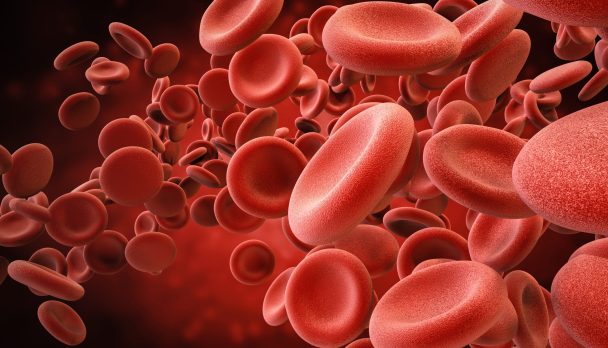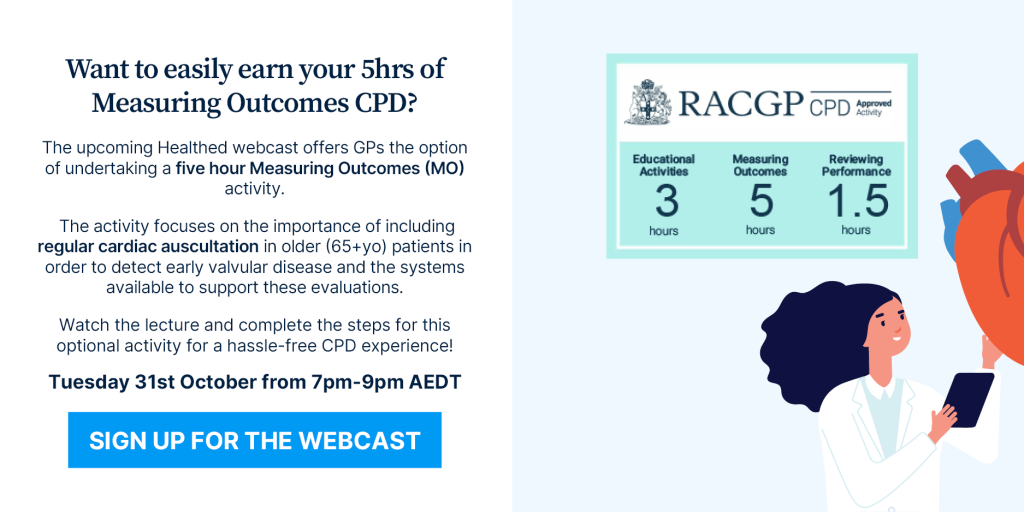Low lymphocyte levels can used as an indicator of an increased risk of mortality, US researchers say. Lymphopaenia, readily measured through the common full blood count, has been shown to be associated with an increased likelihood of death from conditions such as heart disease, cancer and respiratory infections, according to a retrospective study published in JAMA Network Open. This relationship was found to be consistent, independent of age, other serum immune markers and traditional clinical risk factors. However, when patients with lymphopaenia also had other abnormal immune markers, namely elevated red cell distribution width (RDW) and a raised C-reactive protein (CRP), they ‘had a strikingly high risk of mortality’, the study authors said.
Expert/s: Dr Linda Calabresi















